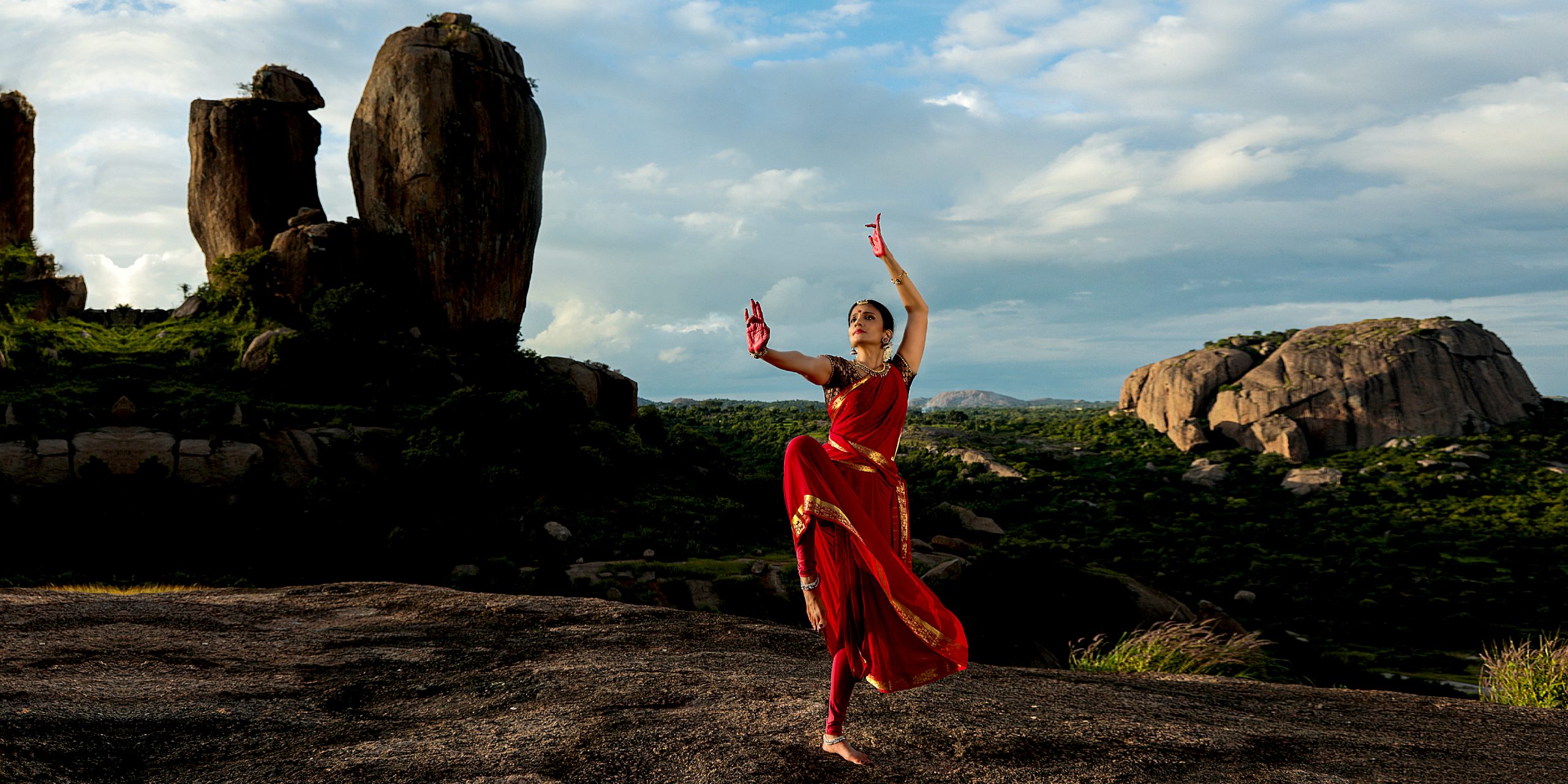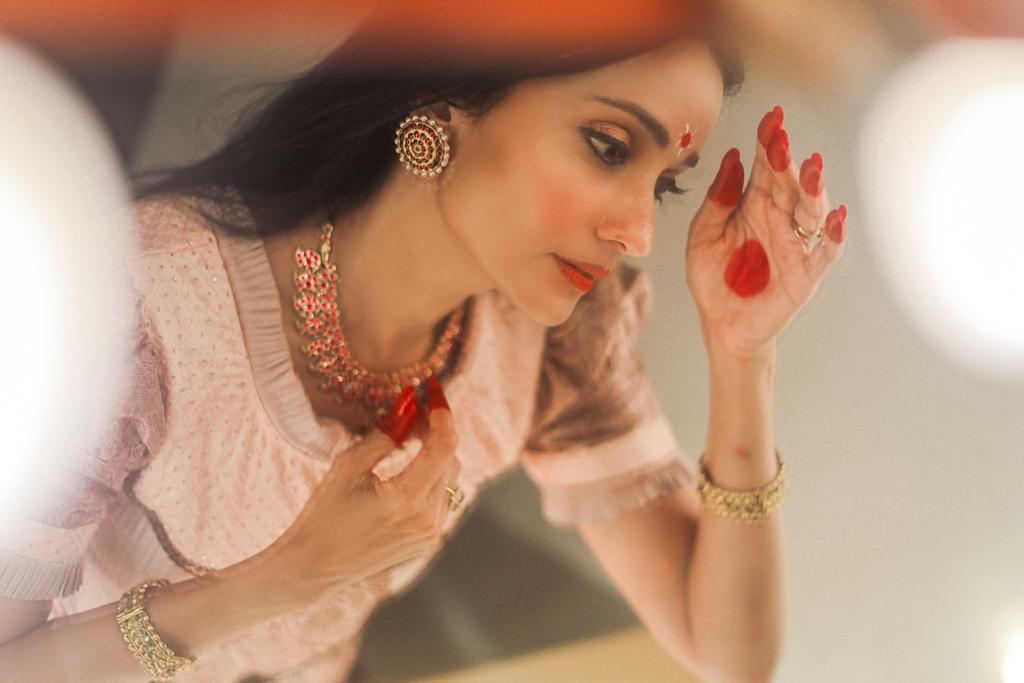
The Great Wall and Beyond..
 |
| Click Here For Video |
My first realisation as I drove down from the Beijing International Airport to my hotel was that China does indeed have more people than India! The city was packed, lines everywhere, whether it be a visit to the Forbidden City or to get a meal at a restaurant. It felt like life in 70mm. The second shock I got was when my Chinese taxi driver delivered a plausible rendition of the Raj Kapoor classic ‘Awara Hoon’! It wasn’t a one-off case. Bollywood was very popular where ever I went. In fact, it was assumed I represented Bollywood as a dancer. Their knowledge of Bollywood was not restricted to blockbusters of the fifties, but extended well into the 2010s with movies such as Ram Leela. The Chinese recognised stars across from decades, they loved the music and dance, and they adored the films. There was no derision or superiority, just a pure love for the entertainment Bollywood had to offer.



